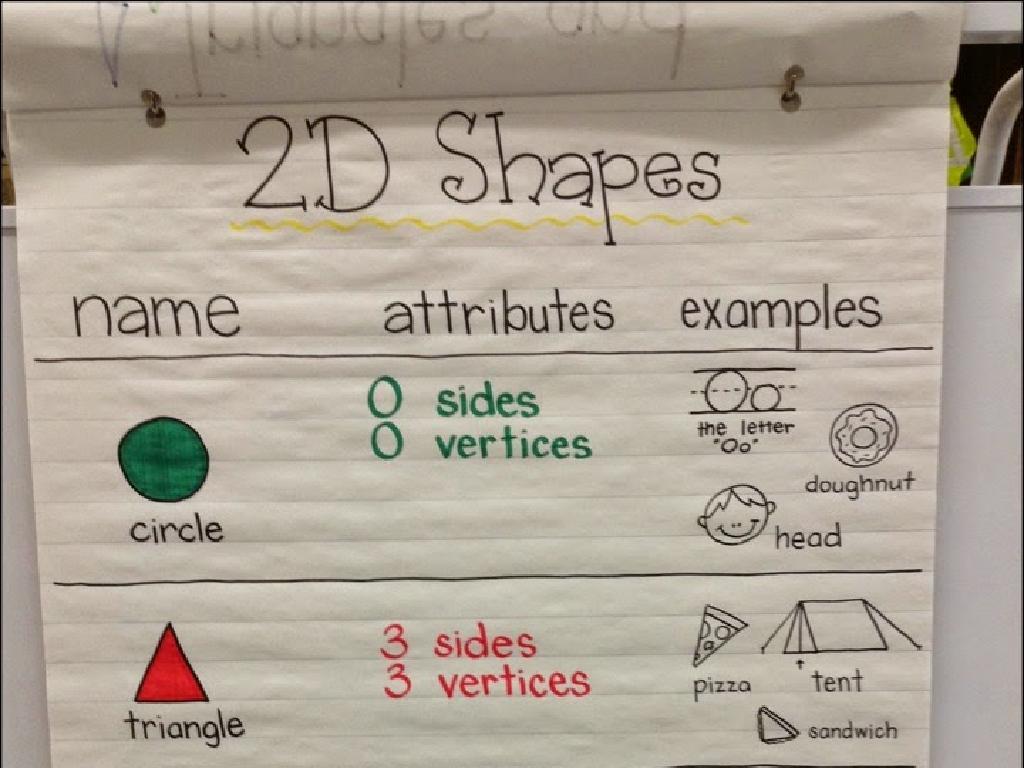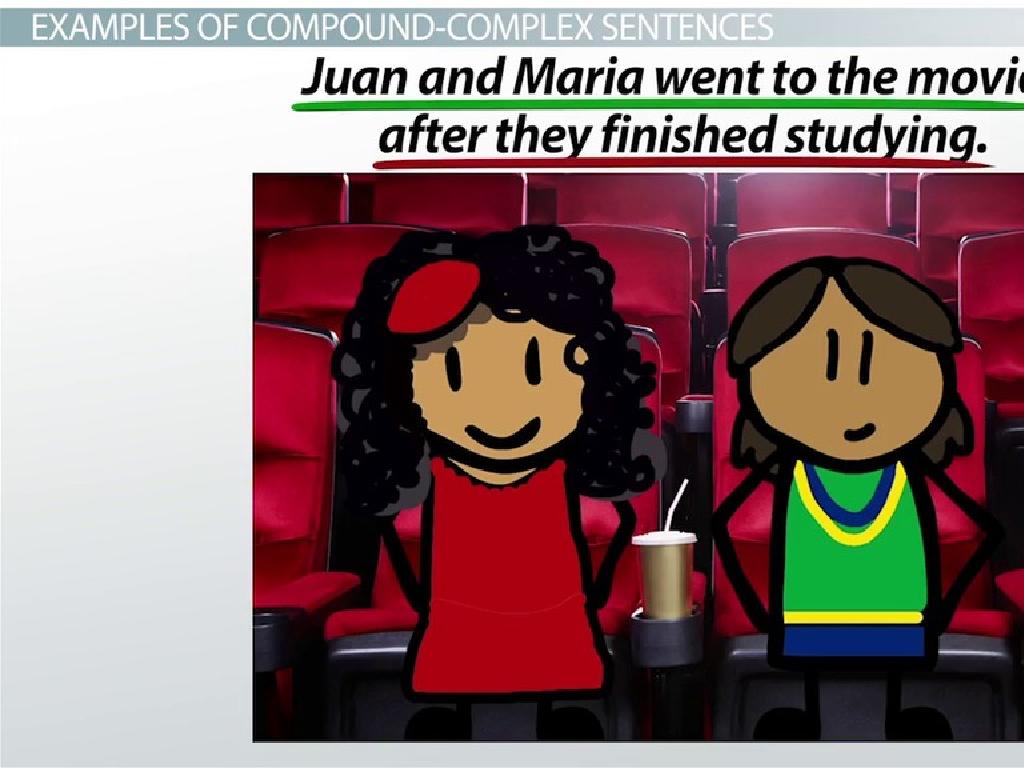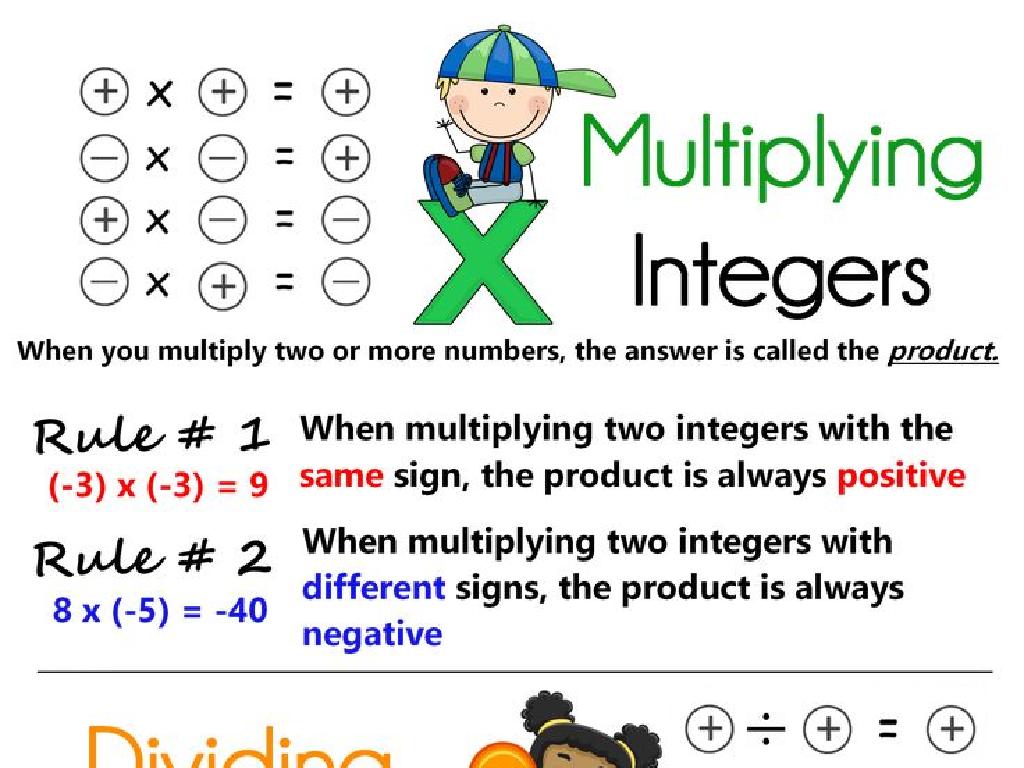Welcome To Financial Literacy
Subject: Life skills
Grade: High school
Topic: Financial Literacy
Please LOG IN to download the presentation. Access is available to registered users only.
View More Content
Welcome to Financial Literacy
– Grasping the value of money
– Money’s role in daily life and long-term goals
– Financial literacy as a key skill
– It empowers informed money management choices
– Today’s lesson at a glance
– Outline of topics including budgeting, saving, and investing
– The impact of financial decisions
|
This slide introduces students to the concept of financial literacy, emphasizing its importance in both daily life and for future planning. Begin by discussing the fundamental role money plays in various aspects of life, from purchasing necessities to achieving long-term financial goals. Highlight how financial literacy equips individuals with the knowledge to make informed decisions, manage finances effectively, and understand the consequences of their financial choices. Provide an overview of the day’s lesson, which will cover essential topics such as budgeting, saving, and investing. Encourage students to think critically about their own financial habits and the impact of their decisions on their personal goals.
Understanding Financial Literacy
– Define financial literacy
– The ability to understand and effectively use various financial skills
– Key components: Earn, Spend, Save, Invest, Borrow, Protect
– Earn: Making money; Spend: Using money for goods/services; Save: Setting money aside; Invest: Using money to grow wealth; Borrow: Taking loans; Protect: Insuring assets
– Real-life financial decision examples
– Choosing a college based on cost, budgeting for a trip, or investing in stocks
– The impact of financial literacy
– Good financial literacy can lead to better money management and financial stability
|
Financial literacy is crucial for making informed and effective decisions regarding the use of money. It encompasses understanding how money is made, spent, and saved, as well as the skills necessary to use financial resources responsibly. The five key components of financial literacy include earning, spending, saving, investing, borrowing, and protecting one’s assets. Real-life examples, such as budgeting for personal expenses or planning for retirement, illustrate the importance of these concepts. This slide aims to introduce students to the basics of financial literacy, emphasizing the impact that good financial habits can have on their future. Encourage students to think about their own financial decisions and how they can apply these components in their daily lives.
Earning Money: Foundations of Financial Literacy
– Explore ways to earn income
– Jobs, investments, side gigs, and more
– Paycheck breakdown: Gross vs. Net
– Gross income: your total earnings; Net income: what you actually take home
– Diversify with multiple income streams
– Having different sources of income can provide financial security
– Strategies for increasing earnings
|
This slide introduces students to the concept of earning money, a fundamental aspect of financial literacy. Start by discussing various methods of earning money, including traditional employment, investments, and side projects. Explain the difference between gross income (the total amount earned before deductions) and net income (the amount received after taxes and other deductions). Emphasize the importance of having multiple streams of income as a way to build financial resilience and security. Encourage students to think creatively about how they can increase their earnings potential through education, skill development, and entrepreneurship.
Budgeting Basics: Mastering Your Finances
– Understanding the concept of a budget
– A budget is a plan for spending and saving money wisely.
– How to create a simple budget
– List your monthly income and expenses to see where your money goes.
– Income versus expenses
– Compare money earned (income) to money spent (expenses).
– Utilizing budgeting tools and apps
– Apps like Mint, YNAB, or Excel can simplify budget tracking.
|
This slide introduces students to the fundamental concept of budgeting within financial literacy. A budget is essential for managing personal finances effectively, allowing individuals to plan for both short-term and long-term financial goals. Emphasize the importance of distinguishing between income (money received) and expenses (money spent) to ensure that spending does not exceed earnings. Highlight the benefits of using digital tools and apps to maintain a clear and organized budget, which can help track spending habits, save money, and avoid debt. Encourage students to explore these tools and consider their own spending behaviors as a first step towards financial responsibility.
Saving and Investing: Building Your Future
– Understanding the power of saving
– Saving is crucial for financial security and achieving goals.
– Introduction to investing
– Investing is how you make your money grow over time.
– Types of savings options
– Savings accounts, CDs, money market accounts.
– Exploring investment options
– Stocks, bonds, mutual funds, retirement accounts.
|
This slide introduces students to the fundamental concepts of saving and investing, which are key components of financial literacy. Start by discussing the importance of saving money and how it can provide a safety net for unexpected expenses and help achieve future financial goals. Then, transition to the concept of investing, explaining that it’s a way to potentially increase wealth by putting money into various financial products. Highlight different types of savings options such as savings accounts, certificates of deposit (CDs), and money market accounts, which are generally lower risk. Then, outline investment options like stocks, bonds, and mutual funds, which come with higher risk but also the potential for higher returns. Emphasize the importance of research and due diligence before making any financial decisions. Encourage students to start thinking about their financial futures and the role that saving and investing can play in it.
Credit and Debt: Managing Financial Health
– Wise use of credit
– Credit can be beneficial if used responsibly. Think of credit cards or loans.
– Debt’s impact on finances
– Excessive debt can lead to financial stress and limit future opportunities.
– Strategies for debt management
– Create a budget, prioritize debts, and consider consolidation options.
– Tips for paying off debt
– Pay more than the minimum, focus on high-interest debts first, and avoid new debt.
|
This slide aims to educate high school students on the importance of understanding credit and the potential consequences of debt on their financial well-being. Start by explaining what credit is and how it can be a tool for building a financial foundation if used wisely. Discuss how accumulating debt can negatively affect one’s financial health, potentially leading to stress and limited financial choices in the future. Offer practical strategies for managing debt, such as budgeting and debt prioritization. Finally, provide actionable tips for paying off debt, emphasizing the importance of paying more than the minimum payment, targeting high-interest debts, and avoiding the accumulation of additional debt. Encourage students to ask questions and share their thoughts on the topic.
Protecting Your Money: Insurance & Cybersecurity
– Importance of insurance in finance
– Insurance helps mitigate potential financial losses.
– Identifying and managing financial risks
– Assess risks and choose the right insurance policies.
– Cybersecurity tips for finances
– Use strong passwords and secure networks for online banking.
– Staying vigilant with financial info
|
This slide aims to educate students on the importance of protecting their finances through insurance and cybersecurity. Insurance is a critical tool for managing potential financial risks and ensuring stability in the face of unforeseen events. Discuss different types of insurance, such as health, auto, and home, and how they contribute to a solid financial plan. Cybersecurity is equally important; emphasize the need for strong passwords, cautious online behavior, and the use of secure networks, especially when handling sensitive financial information. Encourage students to be proactive in protecting their financial future by staying informed and vigilant.
Financial Planning for the Future
– Set short-term & long-term goals
– Goals like saving for a car or college
– Understand retirement planning
– Retirement may seem far but starting early is key
– Plan for major life events
– Budgeting for college, home, or starting a business
– Importance of financial foresight
|
This slide aims to introduce students to the concept of financial planning with a focus on setting achievable short-term and long-term financial goals. Emphasize the significance of early retirement planning and the power of compound interest over time. Discuss strategies for planning major life events such as higher education, purchasing a home, or starting a business. Highlight the importance of foresight in financial decisions and the impact it can have on one’s financial security and quality of life. Encourage students to think about their personal financial goals and what steps they can start taking now to achieve them.
Class Activity: Budgeting Workshop
– Split into groups for budget creation
– Discuss budgeting challenges and strategies
– Consider factors like income, expenses, savings, and unexpected costs
– Present your budget to the class
– Provide constructive feedback to peers
– Focus on what was done well and suggest improvements
|
This activity is designed to provide hands-on experience with budgeting, an essential life skill. Students will be divided into small groups and given a fictional but realistic financial scenario. Each group will create a monthly budget based on the scenario, considering all potential income and expenses. They will then discuss the difficulties they encountered and the strategies they used to overcome them. Afterward, each group will present their budget to the class, and students will have the opportunity to give and receive feedback. For the teacher: Prepare diverse scenarios that reflect different income levels and life situations. Encourage students to think critically about prioritizing expenses and planning for emergencies. Provide guidance on how to give constructive feedback. Possible scenarios could include budgeting for college life, managing finances on a first job, or saving for a significant purchase.






